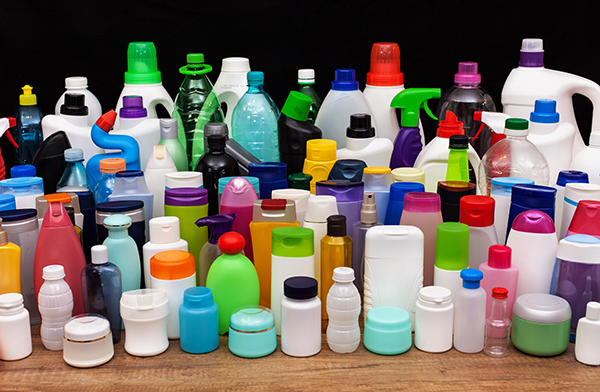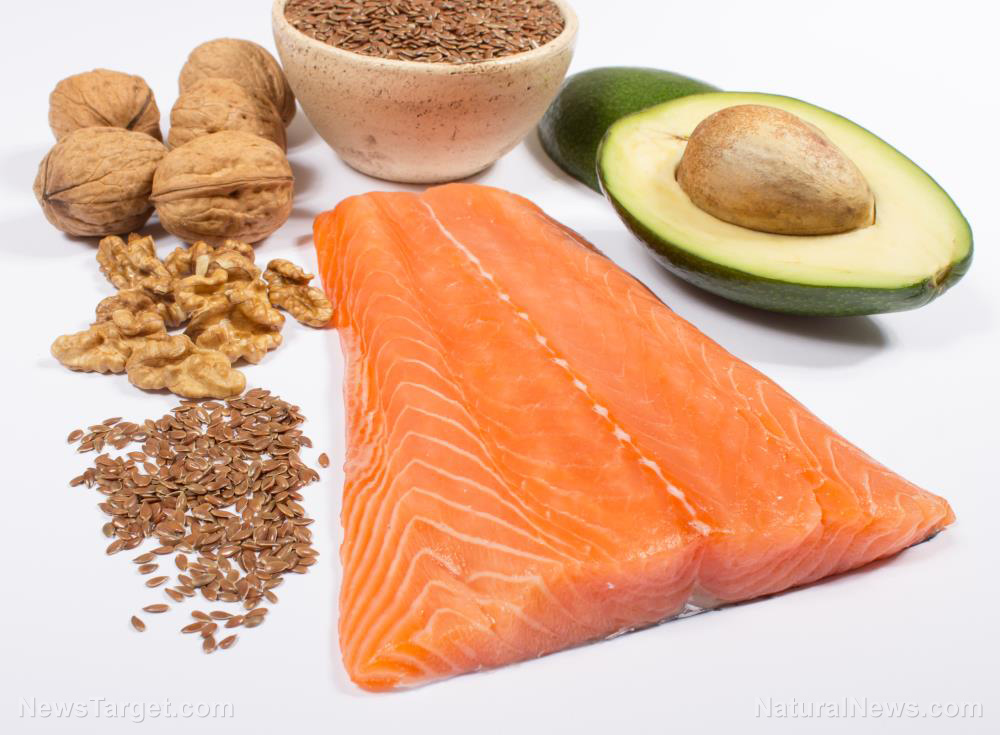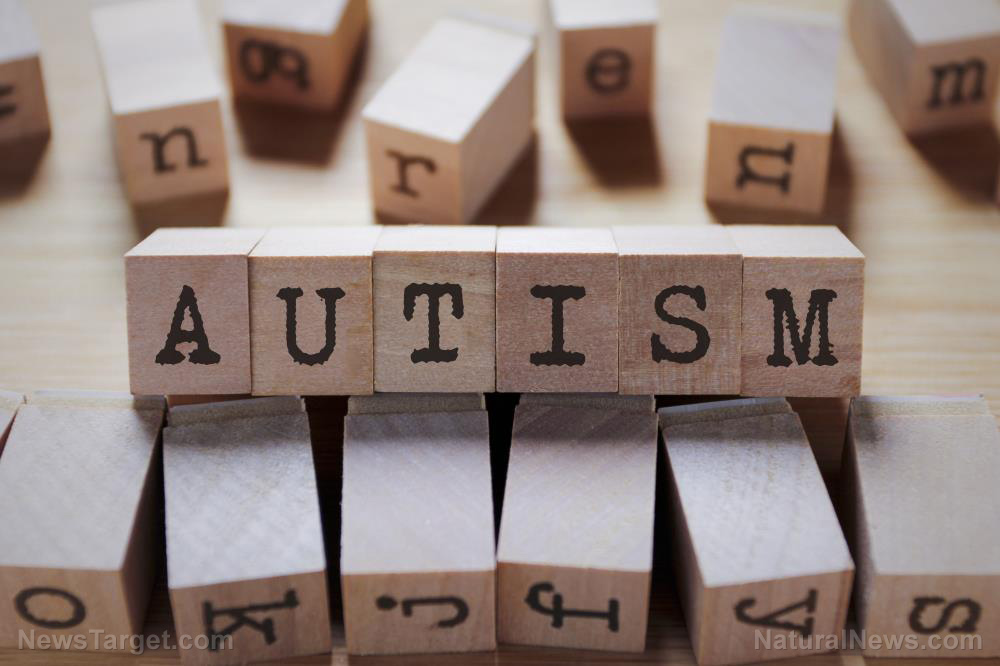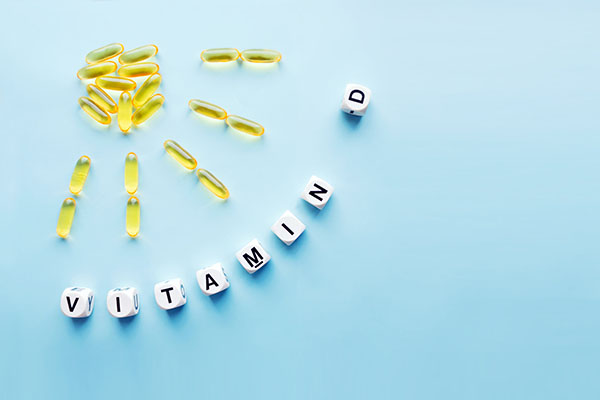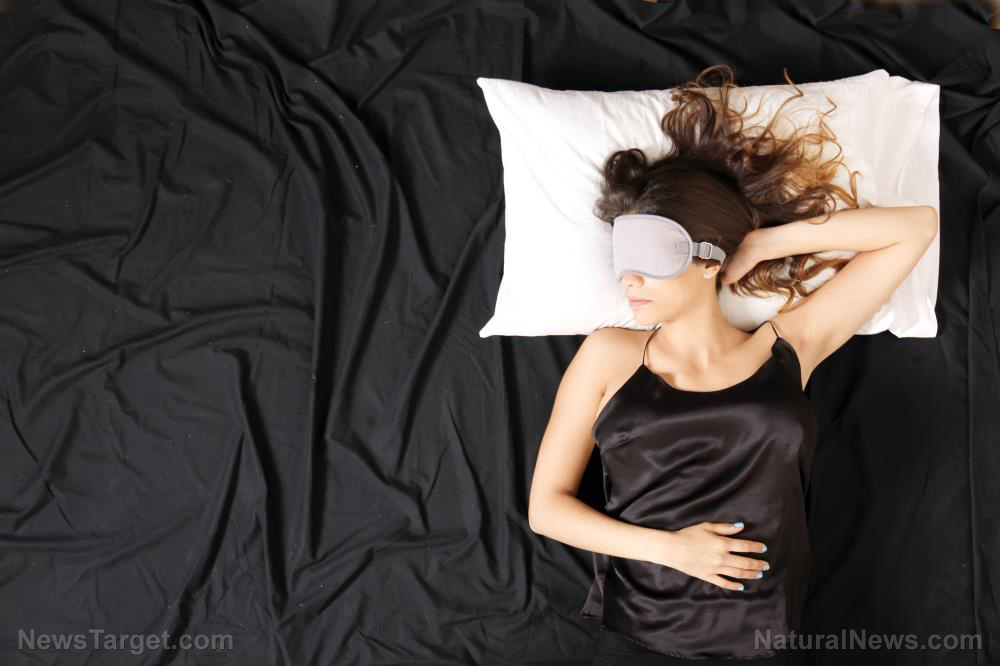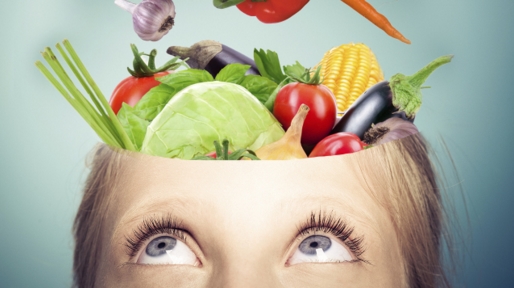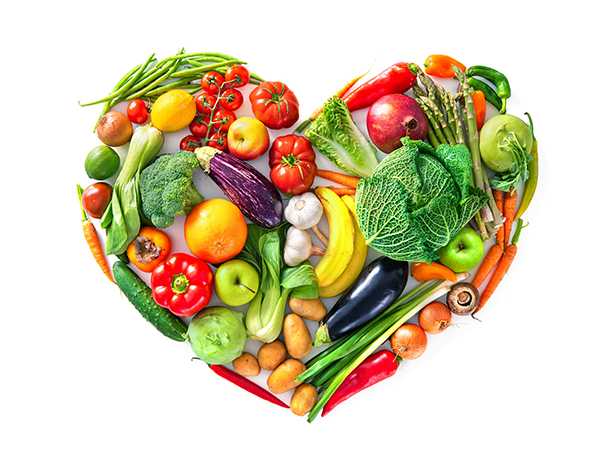Plastic food packaging disrupts your body’s internal clock, study warns
04/16/2025 / By Cassie B.
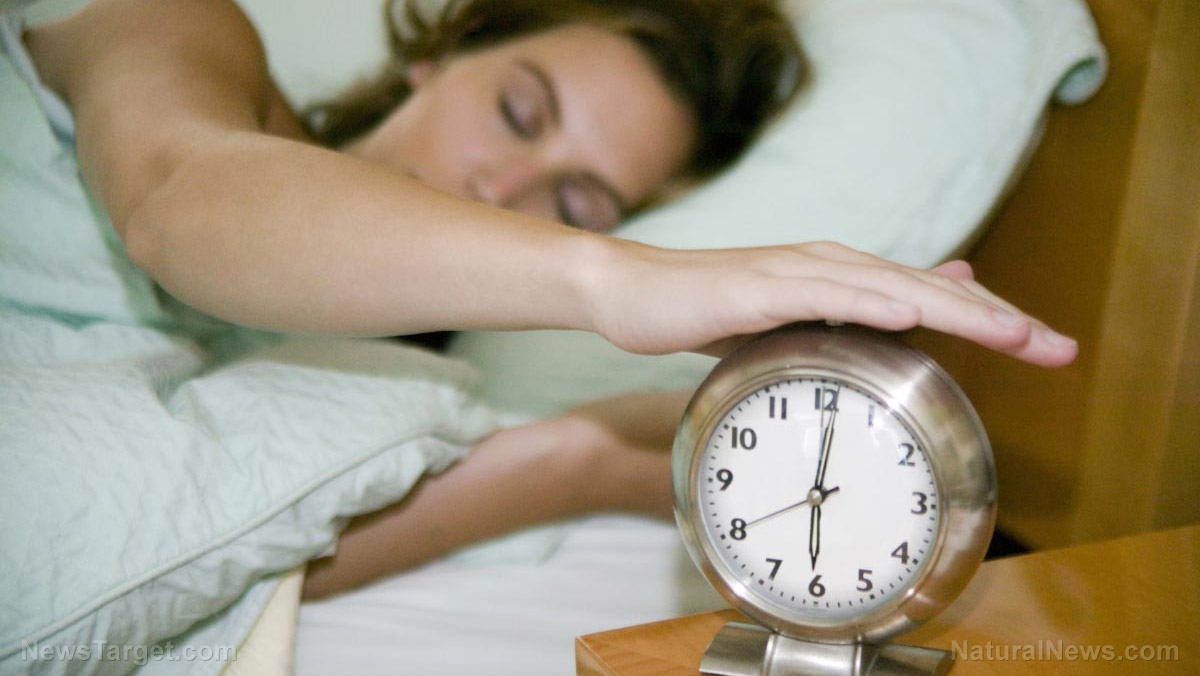
- Everyday plastic food packaging chemicals disrupt the body’s internal clock, raising risks of diabetes, cancer, and immune disorders.
- PVC and PUR plastics hijack circadian rhythm proteins, delaying key “clock genes” by 9-17 minutes.
- Plastic-wrapped foods may compound harm, as effects are dose-dependent and linked to chronic diseases.
- Chemicals mimic adenosine, worsening sleep and metabolic health, especially for vulnerable groups like shift workers.
- Experts urge avoiding plastic food packaging and microwaving plastic, and opting for fresh, unpackaged foods to reduce exposure.
A groundbreaking study has uncovered a disturbing new health risk: Chemicals in everyday food packaging may be sabotaging your body’s internal clock, raising the risk of diabetes, cancer, and immune disorders.
Published in the Environment International journal by researchers at the Norwegian University of Science and Technology, the findings reveal that polyurethane (PUR) and polyvinyl chloride (PVC) plastics, which can be found in everything from snack wrappers to meat packaging, interfere with the cellular signals that regulate sleep, metabolism, and disease prevention.
For years, scientists have warned about hormone-disrupting chemicals like phthalates in plastics. But this study exposes a previously unknown threat: These materials contain compounds that directly hijack the adenosine A1 receptor (A1R), a protein critical for maintaining circadian rhythms. Unlike slow-acting hormonal disruptions, this mechanism works rapidly, delaying key “clock genes” by 9 to 17 minutes—a shift that, over time, could have serious health consequences.
The stealthy disruptors in your home
PVC and PUR are ubiquitous. PVC lurks in plastic wrap, blister packs (like gum wrappers), and shrink-wrapped produce, while PUR coats snack pouches and foil-lined food packaging. “All of our cells follow a circadian rhythm, and the chemicals found in plastics can change that rhythm,” warns lead author Molly Young McPartland.
The body’s 24-hour clock governs sleep, immune function, and cell repair. When disrupted, it’s linked to chronic diseases, yet most consumers are unaware they’re exposed to these clock-altering chemicals daily. Worse, the study found these effects are dose-dependent: Frequent exposure to plastic-wrapped foods could compound the damage.
Caffeine vs. plastics: An alarming contrast
Caffeine keeps us awake by blocking A1R, but plastic chemicals do the opposite—activating it. In lab tests, PVC and PUR extracts mimicked adenosine, a natural compound that promotes sleepiness. Researchers fear chronic exposure could disrupt sleep patterns and metabolic health, especially in vulnerable groups such as shift workers or those with existing sleep disorders.
Even though the study used cells in a lab, the implications for humans are dramatic. “This work really demonstrates how much we still have to learn about exactly how plastic chemicals can affect our cells,” McPartland notes. The findings add to growing evidence that plastics—often marketed as safe—contain thousands of understudied chemicals with unpredictable health effects.
- With no immediate regulatory fixes in sight, experts urge consumers to take proactive steps:
- Avoid plastic food packaging: Opt for glass, stainless steel, or beeswax wraps.
- Never microwave plastic: Heat accelerates chemical leaching.
- Choose fresh, unpackaged foods: Reduce your reliance on processed snacks in plastic pouches.
- Ventilate your home: Off-gassing from PVC flooring or furniture may contribute to indoor exposure.
For those who are already battling fatigue or metabolic issues, eliminating plastic food contact could be a critical step.
The bigger picture
This research exposes a glaring gap in chemical safety testing. Only a handful of plastic compounds—like acrylamide and certain phthalates—were previously linked to circadian disruption, but the mechanisms remained unclear. The study’s authors demand a “fundamental shift” in plastic production to eliminate hazardous chemicals.
As the science evolves, one message is clear: Reducing plastic use isn’t just an environmental imperative; it’s a personal health necessity. From the pantry to the product aisle, consumers now face a new urgency to rethink their reliance on convenience-driven plastics. The clock is ticking.
Sources for this article include:
Submit a correction >>
Tagged Under:
biological clock, chemicals, circadian rhythm, clean food watch, Fresh, ingredients, plastics, PUR, PVC, sleep, toxins
This article may contain statements that reflect the opinion of the author




